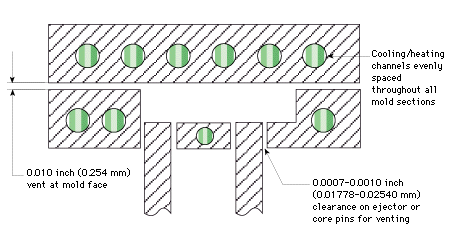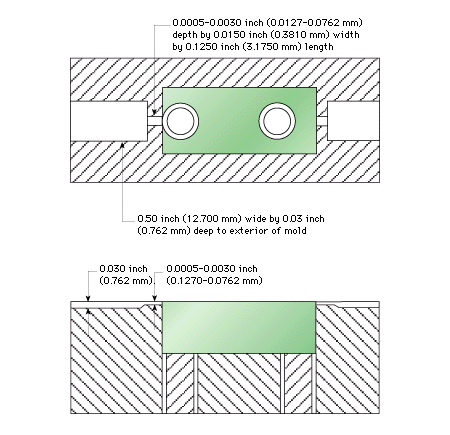Cooling
Molds must be provided with adequate cooling to take advantage of the faster cooling rates of reinforced compounds. Poor cooling results in rising mold temperatures and longer cycle times. Inadequate heating can result in voids, shorts and poor surface finish. Cooling and heating channels should be located directly in the mold inserts and cores if mold design permits.
Ejector Pins
Should be located on the heaviest sections of the part to minimize distortion when it leaves the core. They should be balanced as much as possible over the part’s surface. Reinforced thermoplastics require more pins due to lower mold shrinkage and greater potential for drag during ejection.







